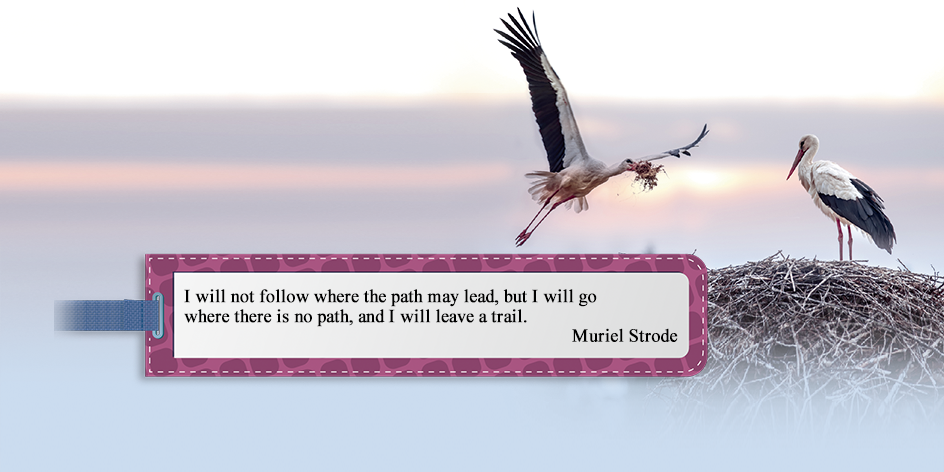

It is one of the most classic images—an elegant, long-legged white stork delivering a newborn baby wrapped in a cloth sack at the tip of its long beak. In legends, storks are associated with childbirth. Yet, Klepetan and Malena, two storks in real life, have become the symbol of love and fidelity.
It all started in 1993 when Stjepan Vokić, a janitor, found an injured female stork with a broken wing in the village of Brodski Varoš, Croatia. A bird deprived of the ability to fly would not be able to survive in the wild, so Vokić decided to bring her home and take care of her. He named the stork Malena, which means “the little one” in Croatian. He built her a nest on the rooftop and a winter shelter in the garage, fed her fresh fish every day, took her on walks, and even watched television with her, treating her like the daughter he never had.
For eight years, the old man and the bird kept each other company, enjoying a peaceful life until Cupid’s arrow struck. In the spring of 2001, a male stork Klepetan, as Vokić called him, happened to fly across Malena’s nest. It was love at first sight. Klepetan brought small fish to Malena every day. They clattered their bills over and over joyously. Villagers would see Klepetan preening the head of Malena, who was sitting in the nest. But the good times did not last. Near the end of the summer, Klepetan was nowhere to be seen.
Storks fly away to warmer grounds during winter months, and Klepetan was no exception. Malena, however, could not make the strenuous migratory trip due to her permanent injury. Vokić did not expect to see Klepetan again, dismissing their romance as just a summer fling. To his surprise, one day in the next spring, with a shrill cry, a tired figure slowly landed beside Malena—Klepetan was back.
The couple went on to maintain a long-distance relationship for years to come. They stayed together every spring and summer, and made babies. At the end of August, Klepetan left Malena and flew south with their children to their winter resting place.
A tracking ring fitted on Klepetan revealed that his migratory destination was some 8,000 miles away near Cape Town, South Africa. The month-long journey back to Croatia was full of dangers—treacherous weather, starvation, predation and electrocution. The most dangerous part was the stretch over Lebanon, where poachers hunt birds for food, for sale or for leisure. More than two million migratory birds are reportedly killed while flying over Lebanon each year. Nonetheless, despite the gruelling trip, Klepetan never failed to navigate his way back to the red rooftop in Croatia to get reunited with Malena.
Klepetan was extraordinarily punctual, usually arriving at the end of March. Vokić would prepare a bucket of fresh fish for him to feast on and recover from the exhausting journey. Vokić was once panicked by Klepetan’s failure to show up in April. To his relief, Klepetan eventually arrived two weeks later. Fearing for Klepetan’s safety, Vokić penned a heartfelt open letter about Malena and Klepetan to the President of Lebanon, calling for legislation to forbid bird hunting during migration seasons. He wrote, “The thought that one spring he may not return scares me more than anything.” Touched by his message, the Lebanese President pledged to crack down on poaching.
The love tale of Klepetan and Malena has captivated the hearts of many around the world. Every March for almost two decades, hundreds of locals would gather in Brodski Varoš, while more than a million people would watch the broadcast via a live webcam, eagerly expecting the return of Klepetan from another dangerous journey to his love.
The avian romance came to a sad end in July 2021 as Malena passed away after falling from her nest. Vokić told a reporter, “He comes every evening. I tell him, ‘She’s gone now, Klepo.’ I buried her in her favourite place where she always waited for him.” To everyone’s disappointment, Klepetan did not return in the following spring now that his beloved was not waiting for him anymore.
The heart-warming story of Malena and Klepetan is a testament to the power of true love, demonstrating that neither distance nor time can stand in its way, even in the animal kingdom.













